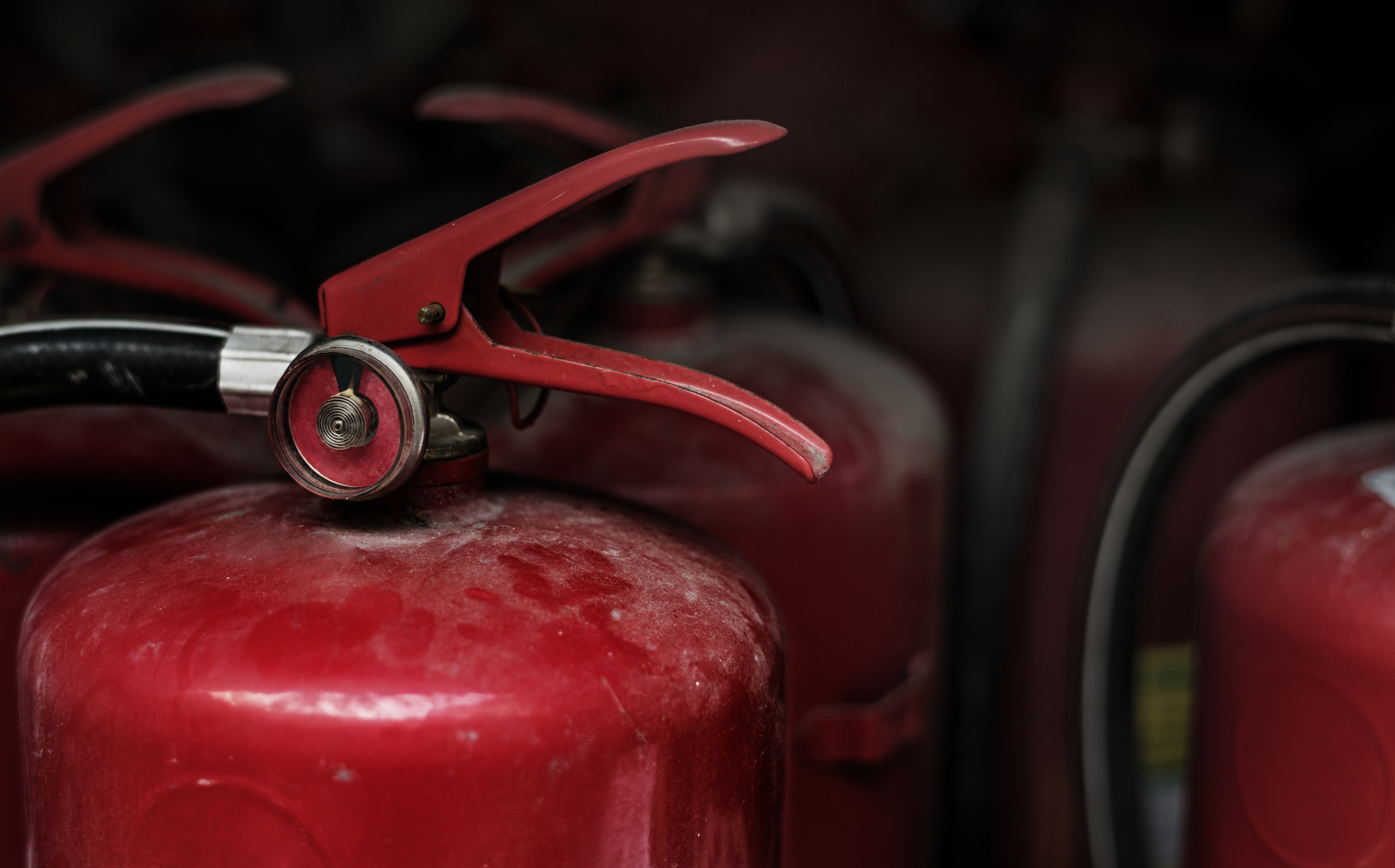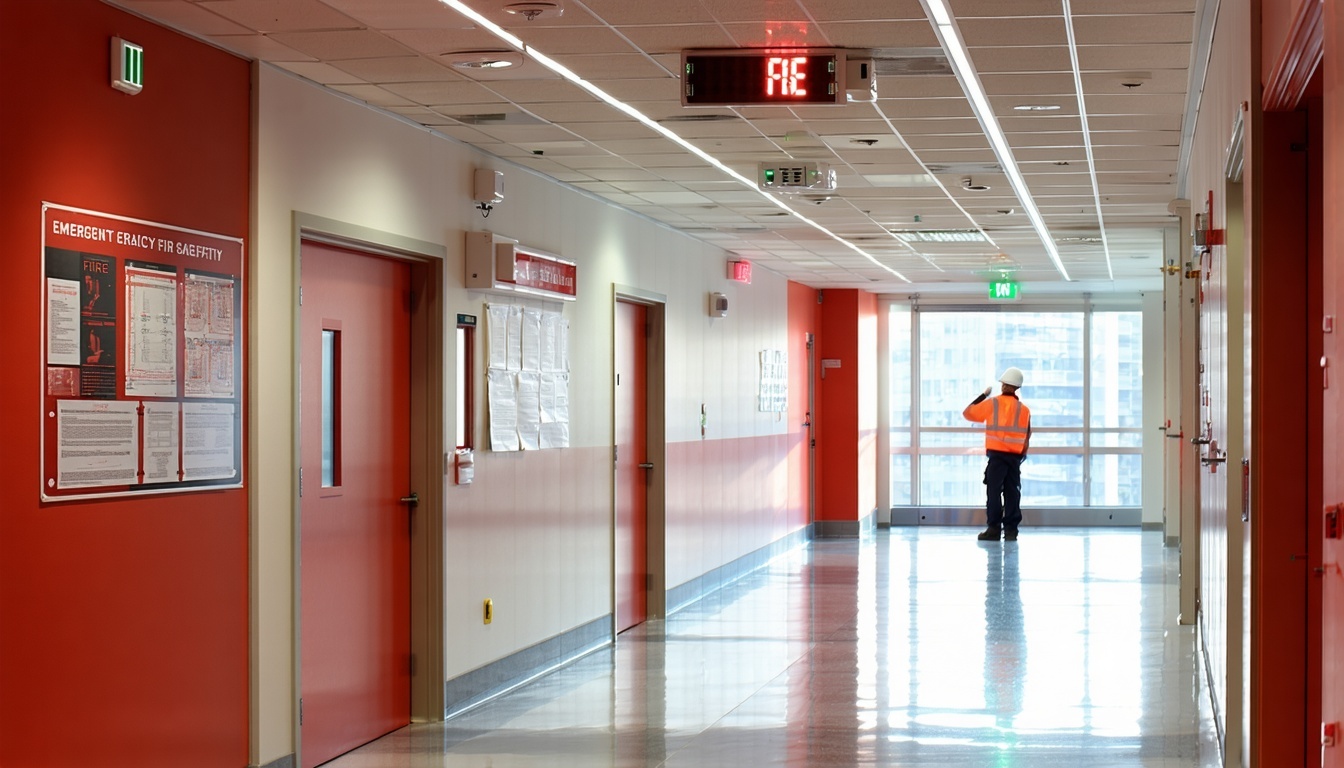More than just a drill: why fire drills can be lifesavers
The piecing sound of the fire alarm going off, the shuffle to get out of the building and then waiting outside, usually in the cold until the all-clear is given. For many, fire drills can feel like an inconvenience, a disruption to a busy day, a chance to leave work early or for some even a bit of a joke.
We might sigh, roll our eyes and wonder if fire drills are truly necessary, but the truth is, fire drills are far more than a tick box exercise. They are absolutely vital for our safety and knowing what to do when it happens for real.
Think about it, when a real emergency strikes, panic is often the first reaction and in those circumstances the fight, flight or freeze response becomes real. When smoke starts filling the air and you can’t see clearly even the familiar becomes disorientating and finding your way out becomes more challenging. By regularly practicing evacuation procedures, we can commit them to muscle memory, so when the alarm does go off, we know what we need to do and where we need to go.
Identification of Hazards and Bottlenecks
One of the primary benefits of fire drills is the identification of hazards we hadn’t previously considered and bottlenecks. What might seem like a clear exit on a map can prove to be a bottle neck when everyone is trying to exit through the same route. You might also find that people don’t follow the route you had planned and instead retrace the steps they took to come into the building.
Reinforcing Roles
Carrying out drills also gives those with particular responsibilities an opportunity to practice them outside of the classroom. This includes your fire wardens or fire marshals as well as anyone with a Personal Emergency Evacuation Plan (PEEP).
Getting the Most out of your Drill
When planning your drill, you need to think about what you want to achieve. Is it just a simple test – how quickly can you get everyone out or is there anything else you want to build into it? For example, if things have changed such as the location of the muster point where do people go? Have you successfully communicated the change or do they just head for the old location?
Make sure you have a plan and know what you want to achieve, and then critically, have a wash up session afterwards with all those with key responsibilities so you can learn what went well and what could have gone better. You can then make changes and test them in the next drill.
Keep it Interesting
Don’t forget, you can make fire drills more interesting and keep colleagues involved in them by introducing additional challenges. For example, you could place someone to block a standard fire exit to test their knowledge of additional fire routes. Relying on a single fire exit can be fatal. You can also use smoke machines to make a fire evacuation more realistic for those involved. Just make sure that whoever is using the machine is trained to do so.
Key takeaways
You need to make sure you have a plan in place for fire evacuation and test it regularly with your colleagues. Whilst it might seem like a waste of time to some it can be a real life saver so don’t give up and try adding in some additional complications to really put your plan to the test.





